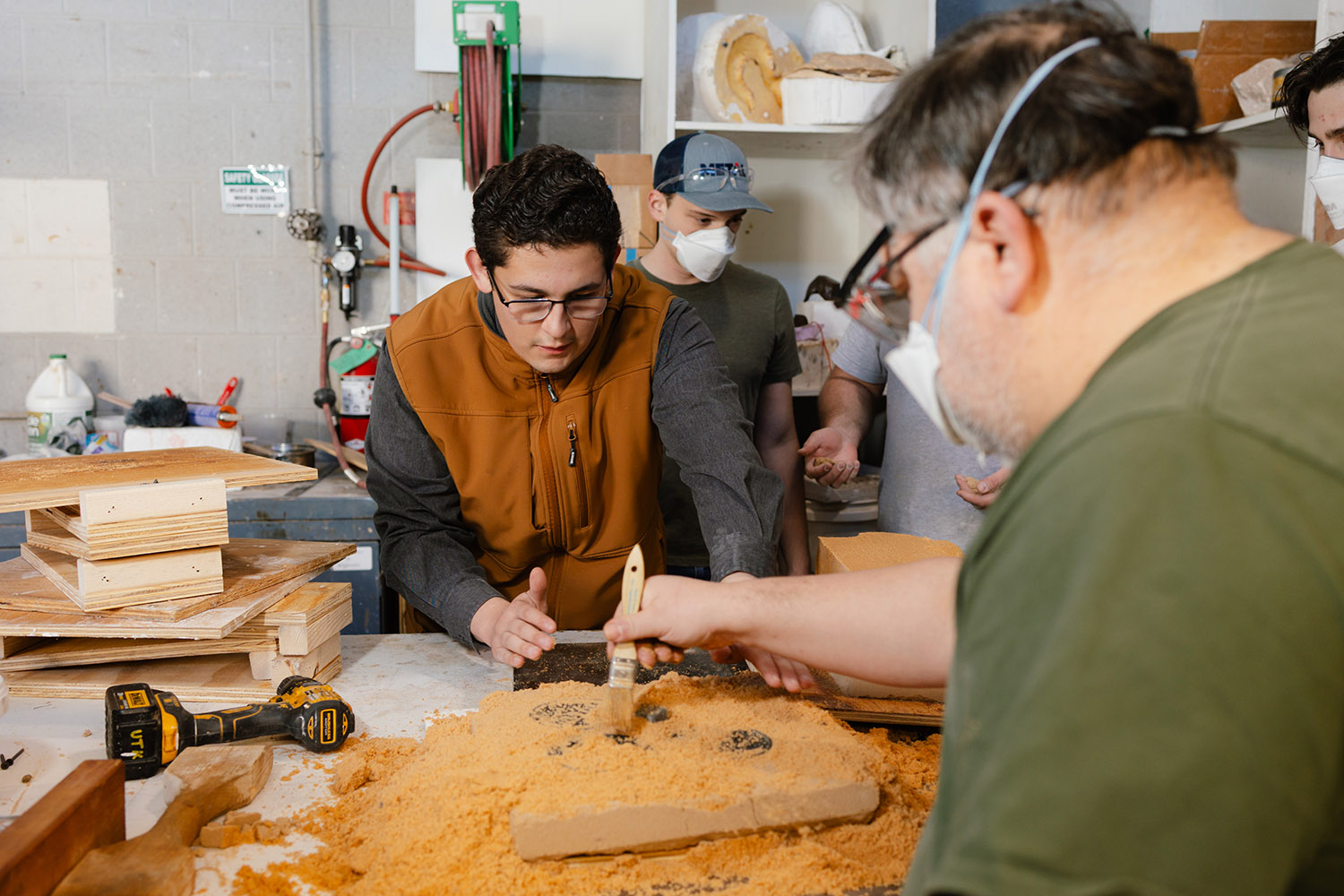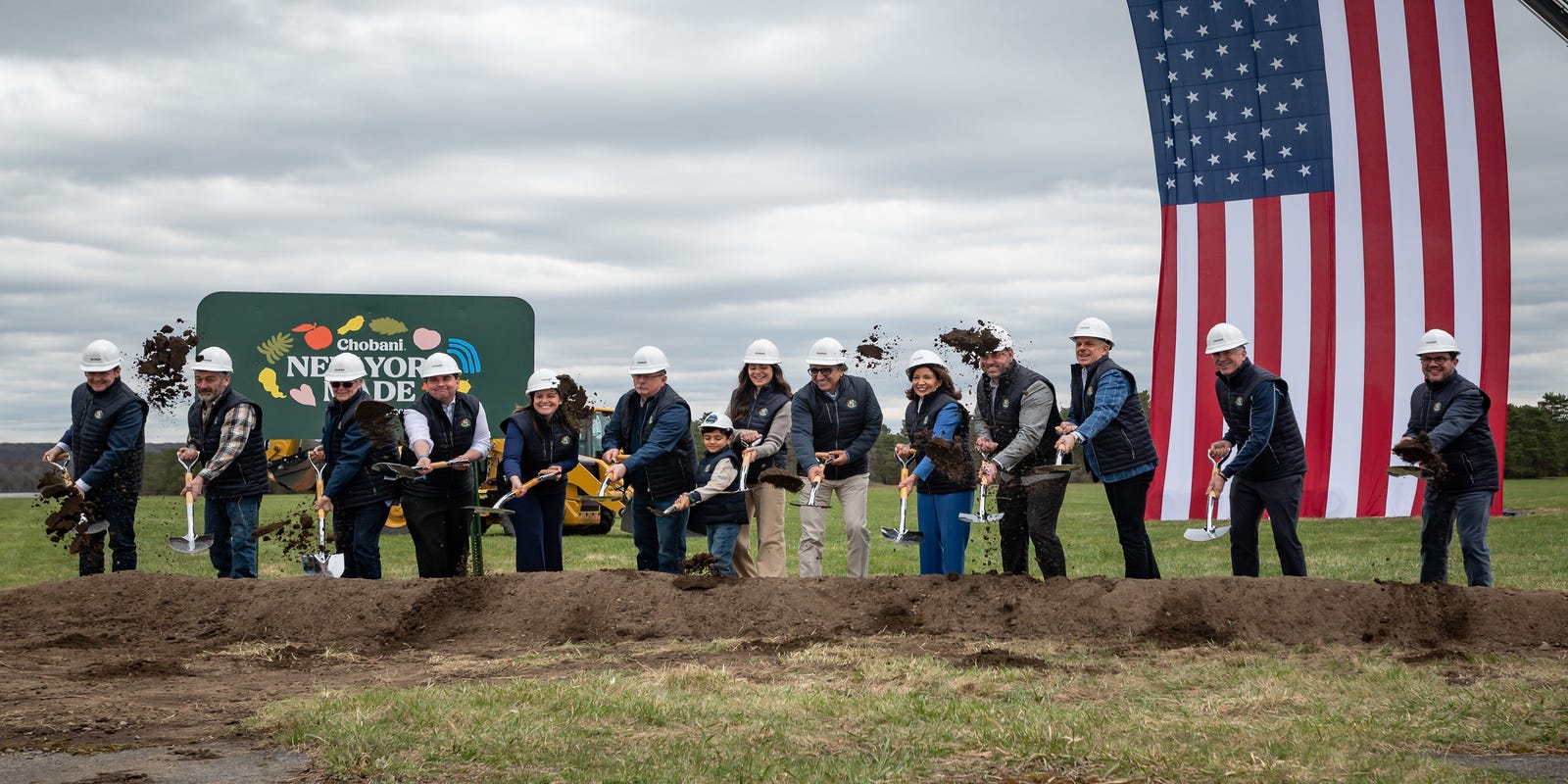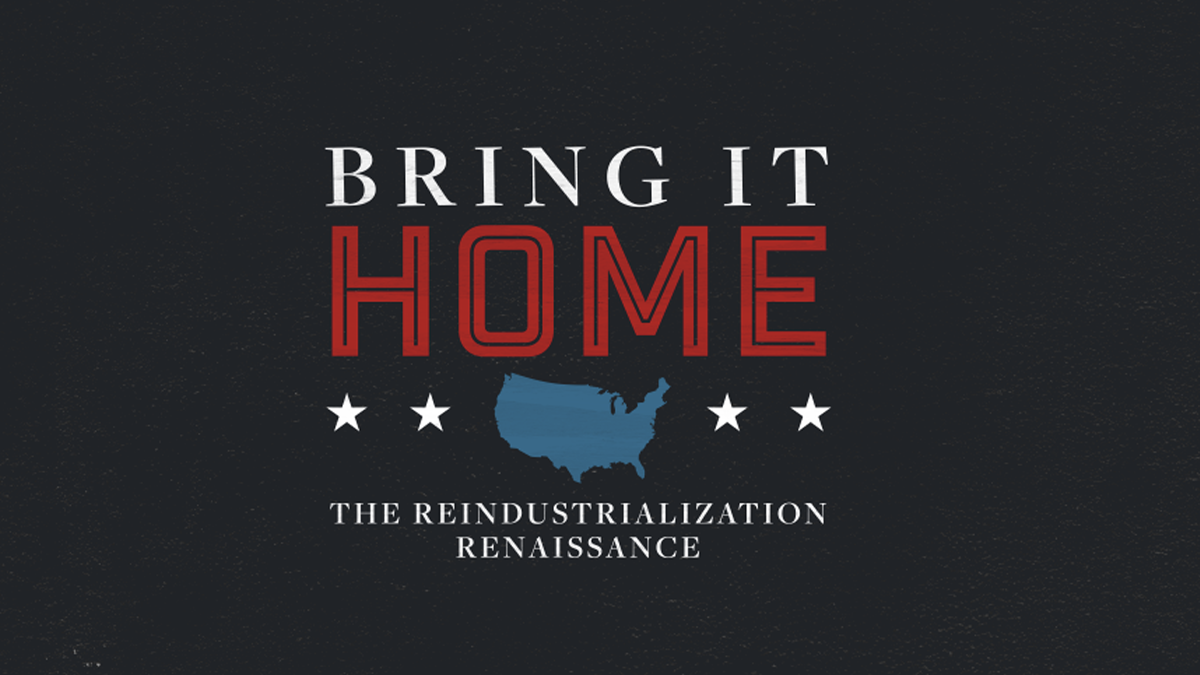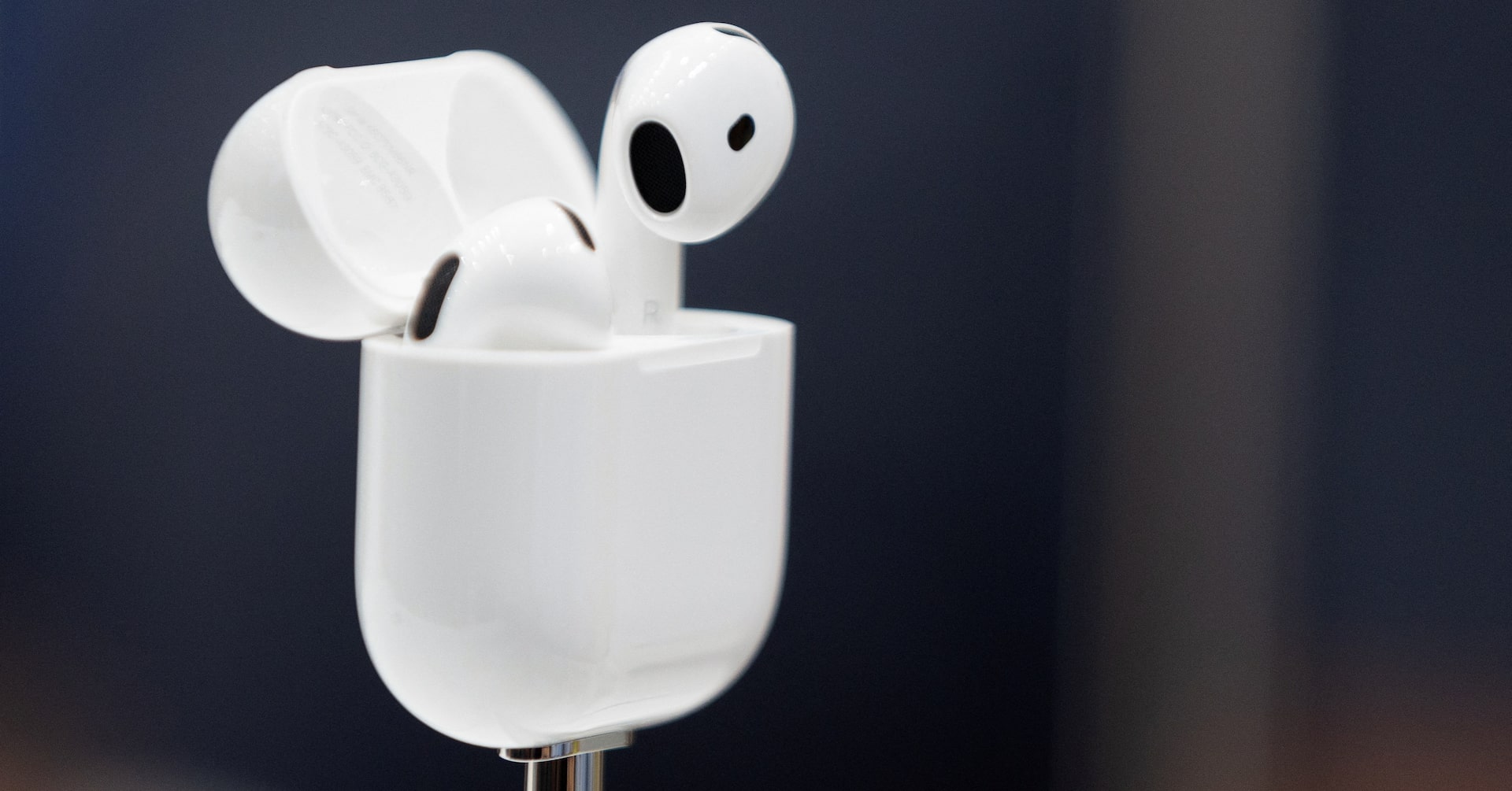Synergy Unleashed: How Industry 5.0 is Redefining Human-Machine Collaboration
Manufacturing
2025-03-27 14:00:00Content

Bridging Technology and Human Creativity: The Path to Industry 5.0
In the evolving landscape of advanced manufacturing, the convergence of smart technologies and human innovation is reshaping the industrial paradigm. Manufacturing Execution Systems (MES) are at the forefront of this transformation, seamlessly blending cutting-edge digital solutions with the irreplaceable power of human ingenuity.
Industry 5.0 represents more than just technological advancement; it's a collaborative ecosystem where intelligent systems and human expertise work in harmony. By integrating sophisticated MES platforms, manufacturers can unlock unprecedented levels of efficiency, flexibility, and creativity. These smart technologies don't replace human workers but empower them to make more strategic, informed decisions.
The magic happens when advanced algorithms and intuitive interfaces meet the nuanced problem-solving skills of skilled professionals. MES technologies provide real-time insights, predictive analytics, and streamlined workflows, while human workers bring critical thinking, adaptability, and innovative solutions that no machine can replicate.
As we move towards this new industrial frontier, the synergy between smart manufacturing technologies and human talent will be the key to driving unprecedented productivity, sustainability, and competitive advantage in the global marketplace.
The Digital Revolution: How Smart Manufacturing is Reshaping Industry 5.0
In the rapidly evolving landscape of industrial innovation, manufacturers are standing at the precipice of a transformative era where technology and human creativity converge to redefine production paradigms. The emergence of smart manufacturing technologies represents more than just a technological upgrade—it signals a fundamental reimagining of how we conceptualize industrial processes, efficiency, and human potential.Unleashing the Power of Intelligent Manufacturing: Where Innovation Meets Imagination
The Convergence of Human Ingenuity and Advanced Technologies
Modern manufacturing is experiencing an unprecedented metamorphosis, driven by the seamless integration of cutting-edge technologies and human expertise. Manufacturing Execution Systems (MES) are no longer mere operational tools but sophisticated platforms that bridge technological capabilities with human creativity. These intelligent systems enable manufacturers to transcend traditional limitations, creating adaptive, responsive production environments that can rapidly reconfigure themselves in response to dynamic market demands. The synergy between advanced algorithms, machine learning, and human intuition creates a symbiotic ecosystem where technology amplifies human potential rather than replacing it. Engineers and technicians are now empowered with real-time insights, predictive analytics, and intelligent decision-making support that transforms their roles from manual operators to strategic innovators.Technological Foundations of Smart Manufacturing
At the core of this industrial revolution lie sophisticated technological frameworks that enable unprecedented levels of connectivity, intelligence, and adaptability. Internet of Things (IoT) sensors, artificial intelligence, and advanced data analytics form the technological backbone of smart manufacturing systems. These technologies create a holistic, interconnected environment where machines communicate seamlessly, self-diagnose potential issues, and optimize performance in real-time. The integration of these technologies goes beyond mere operational efficiency. They represent a fundamental shift in how manufacturing processes are conceptualized, designed, and executed. Predictive maintenance algorithms can now anticipate equipment failures before they occur, while machine learning models continuously refine production parameters to maximize quality and minimize waste.Human-Centric Design in Industry 5.0
Industry 5.0 represents a paradigm shift from pure automation to a more nuanced, collaborative approach that places human creativity at the center of technological innovation. Unlike previous industrial revolutions that often positioned technology as a replacement for human labor, this new era emphasizes collaboration, personalization, and adaptive intelligence. Manufacturers are increasingly recognizing that the most powerful competitive advantage emerges not from replacing humans with machines, but from creating environments where human creativity is augmented and amplified by intelligent technological systems. This approach requires reimagining workforce training, developing new skill sets, and fostering a culture of continuous learning and adaptation.Economic and Strategic Implications
The adoption of smart manufacturing technologies carries profound economic and strategic implications for businesses across various sectors. Companies that successfully integrate these technologies can achieve dramatic improvements in operational efficiency, product quality, and market responsiveness. The ability to rapidly prototype, test, and iterate product designs becomes a critical competitive differentiator in an increasingly dynamic global marketplace. Moreover, these technologies enable more sustainable manufacturing practices by optimizing resource utilization, reducing waste, and creating more energy-efficient production processes. The environmental benefits complement the economic advantages, positioning smart manufacturing as a key driver of both technological innovation and ecological responsibility.Future Trajectory and Emerging Challenges
While the potential of smart manufacturing is immense, the journey towards full implementation is complex and multifaceted. Organizations must navigate significant technological, cultural, and strategic challenges. Cybersecurity concerns, workforce reskilling, and the substantial initial investment required are just a few of the hurdles that companies must overcome. The most successful organizations will be those that approach this transformation holistically, viewing technological adoption not as a technical upgrade but as a comprehensive strategic reimagining of their entire operational ecosystem. This requires leadership vision, organizational agility, and a commitment to continuous learning and innovation.RELATED NEWS
Manufacturing

Green Fuel Revolution: Taiyo Oil Pioneers Sustainable Aviation Fuel Manufacturing Breakthrough
2025-02-28 09:00:00
Manufacturing

Waves of Opportunity: Inside Macomb's Cutting-Edge Maritime Manufacturing Academy
2025-04-18 20:13:33
Manufacturing
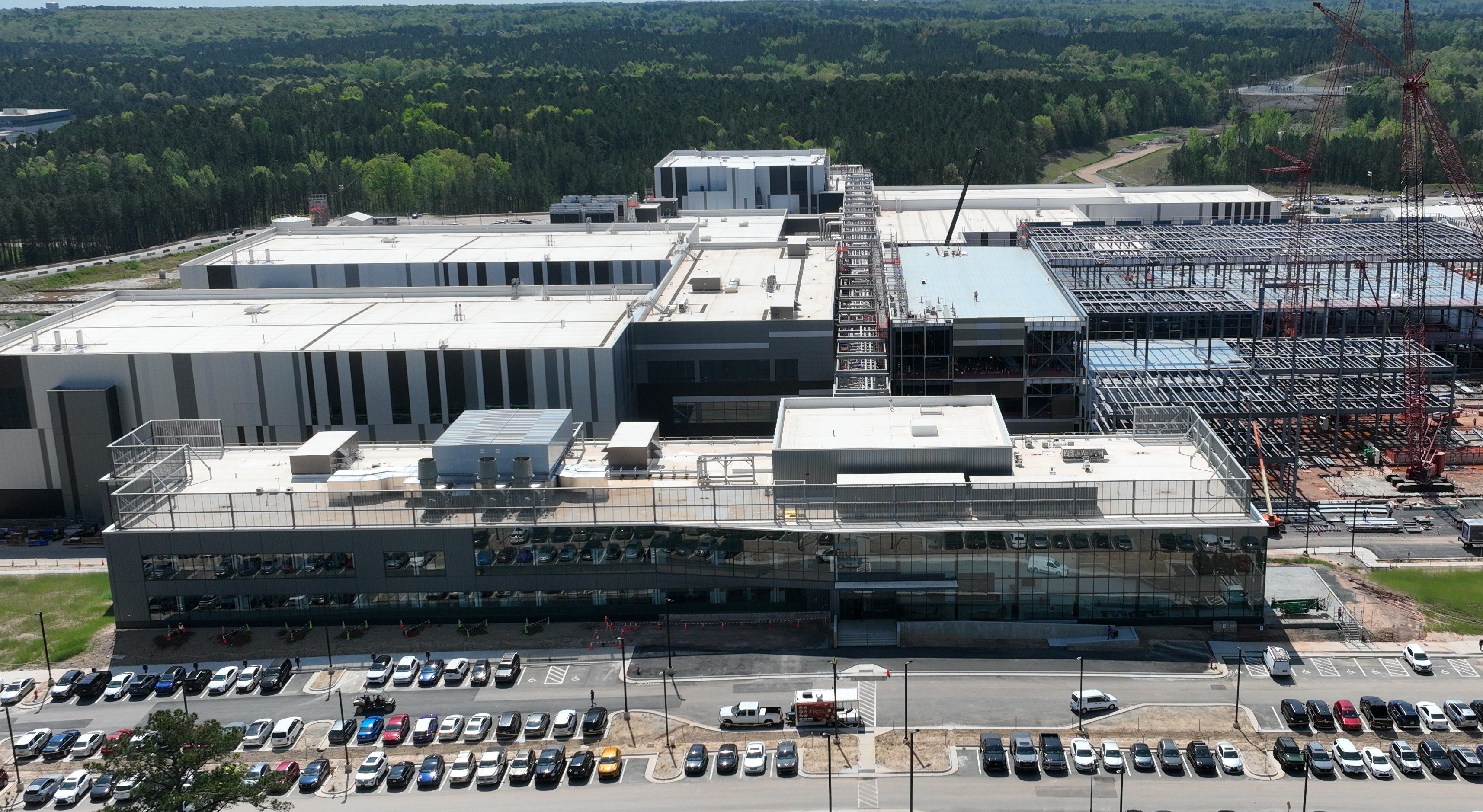
Biotech Breakthrough: Regeneron and Fujifilm Diosynth Forge $3B Manufacturing Alliance in Onshoring Pivot
2025-04-22 14:03:12
